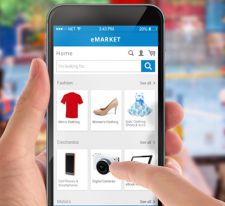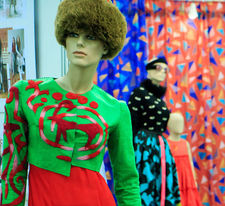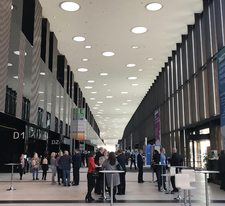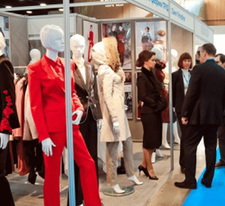The Future of fashion retail: how technology is changing the fashion industry
Fashion retail is no longer divided into "online" and "offline" — today it is a single ecosystem where technology plays a major role. From smart mirrors to virtual clothing and cashless shopping, we are on the threshold of a new era in which those who know how to adapt quickly, listen to their customers and work with data win.
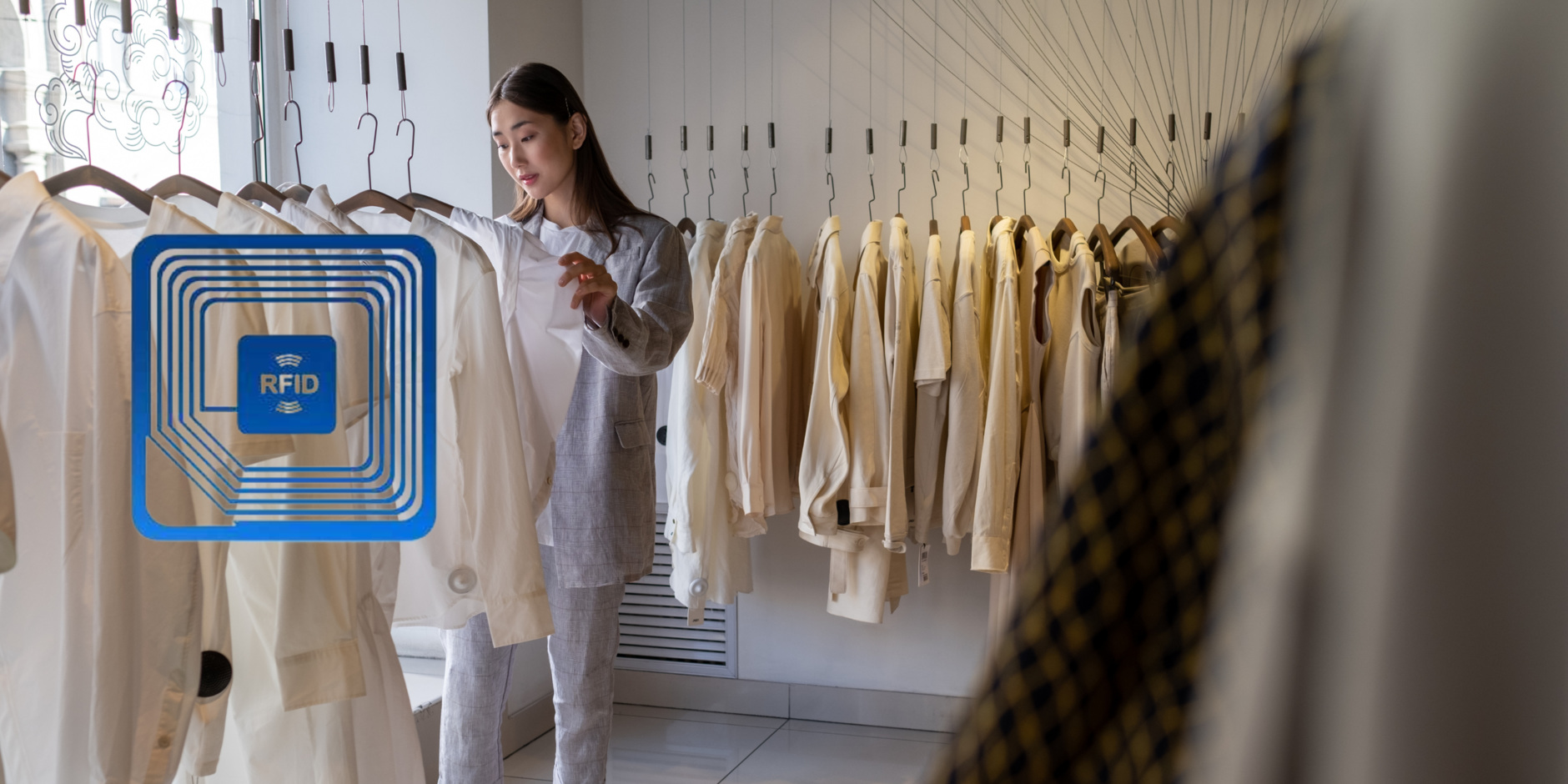
1. Smart technologies in the store: RFID and a store without cash registers
Previously, inventory took days, but today, with the technology of RFID (radio frequency identification) , seconds are enough. Each item is equipped with a special chip that transmits information to the system.
ZARA / INDITEX case: The brand sees in real time which items are being sold, where the leftovers are and what is worth replenishing. Moreover, in the near future, it is planned to introduce a system in which the buyer will be able to pay for the goods directly in the hall — without a cash register, simply by reading the RFID through the application.
According to Accenture, the introduction of RFID increases accounting accuracy by up to 99% and reduces the shortage of goods by 30%.
2. Virtual fitting and AR: when the mirror is in the phone
The smartphone becomes a new fitting room. Using Augmented Reality (AR) technology, buyers can "try on" clothes online, evaluate the fit, color and style.
Cases:
- Farfetch has launched virtual fitting rooms based on Snapchat.
- Zalando is working on digital avatars with real body parameters.
According to Statista forecasts, the market AR in fashion will reach $4.9 billion by 2027.

3. Artificial intelligence and personalization
AI today is not just a trend, but a working tool that helps brands anticipate demand, collect bows, make recommendations, and optimize logistics.
Examples:
- H&M uses AI to adapt the range in stores to local demand.
- Stitch Fix builds the entire business model on personalized AI recommendations.
According to McKinsey, personalized offers increase sales by 10-15%.

4. Metavers, NFT, and digital fashion
A world where clothes exist only in the digital space is not a fantasy, but a new reality. Brands are already releasing digital collections for virtual wardrobes and metaverses.
Examples:
- Balenciaga, Gucci and Nike are actively working with NFT.
- DressX offers virtual clothing for Instagram and TikTok.
In 2022, Nike earned more than $185 million on digital products and skins alone.
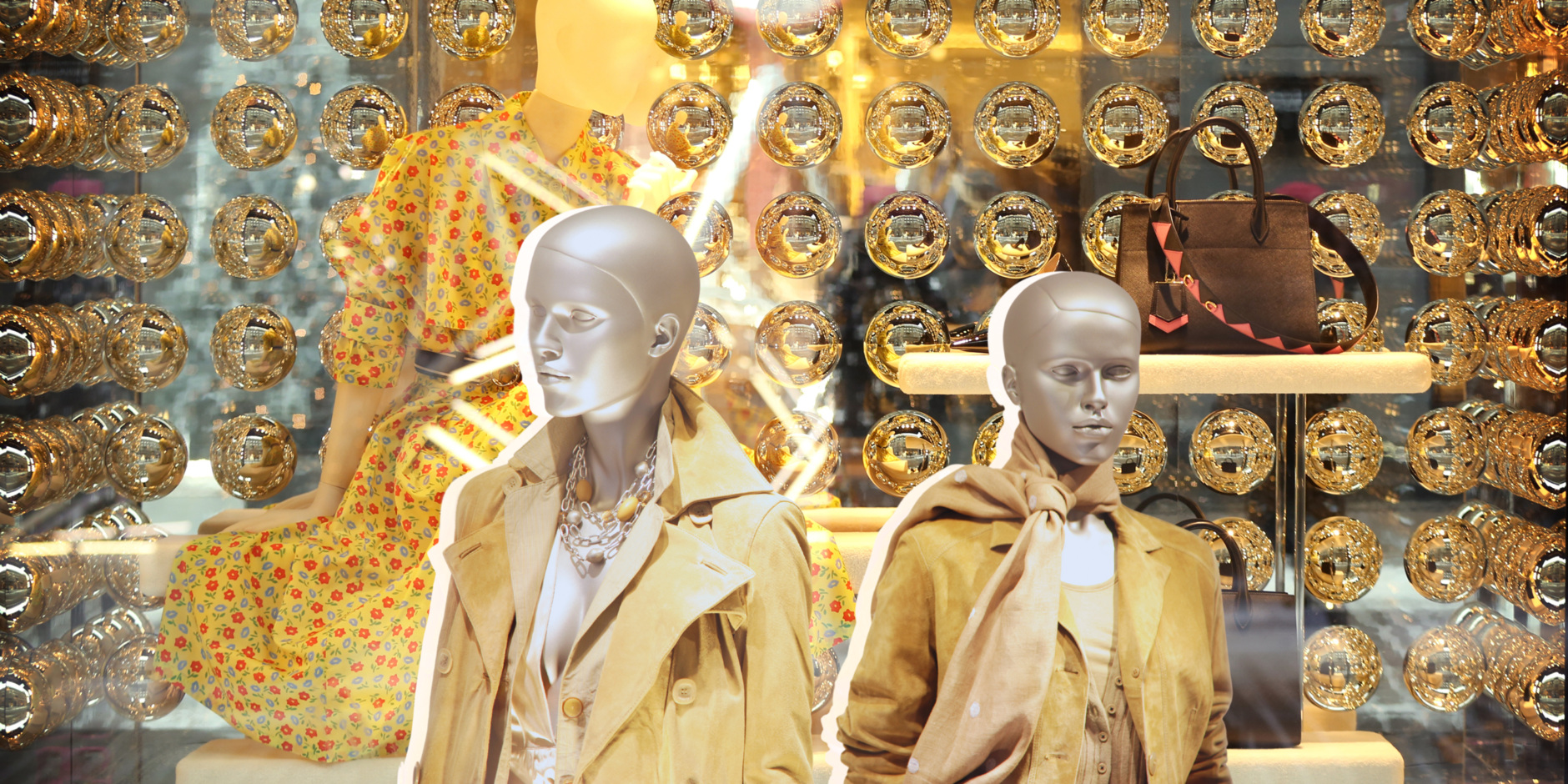
5. Smart storefronts and interactive offline
Offline stores are becoming a space where the digital experience enhances the physical. Smart mirrors offer different sizes or accessories, storefronts respond to movement, and shopping turns into a game.
Examples:
- Burberry storefronts in London "recognize" passing customers.
- In the flagship Uniqlo in Tokyo, mirrors are integrated with the recommendation system.
6. Voice and chat shopping
Purchase It becomes easier: by voice, via messenger, or even via a chatbot. Everything is faster, more personal and more convenient.
According to Capgemini, the use of voice search in retail continues to grow, and experts predict its active spread very soon.
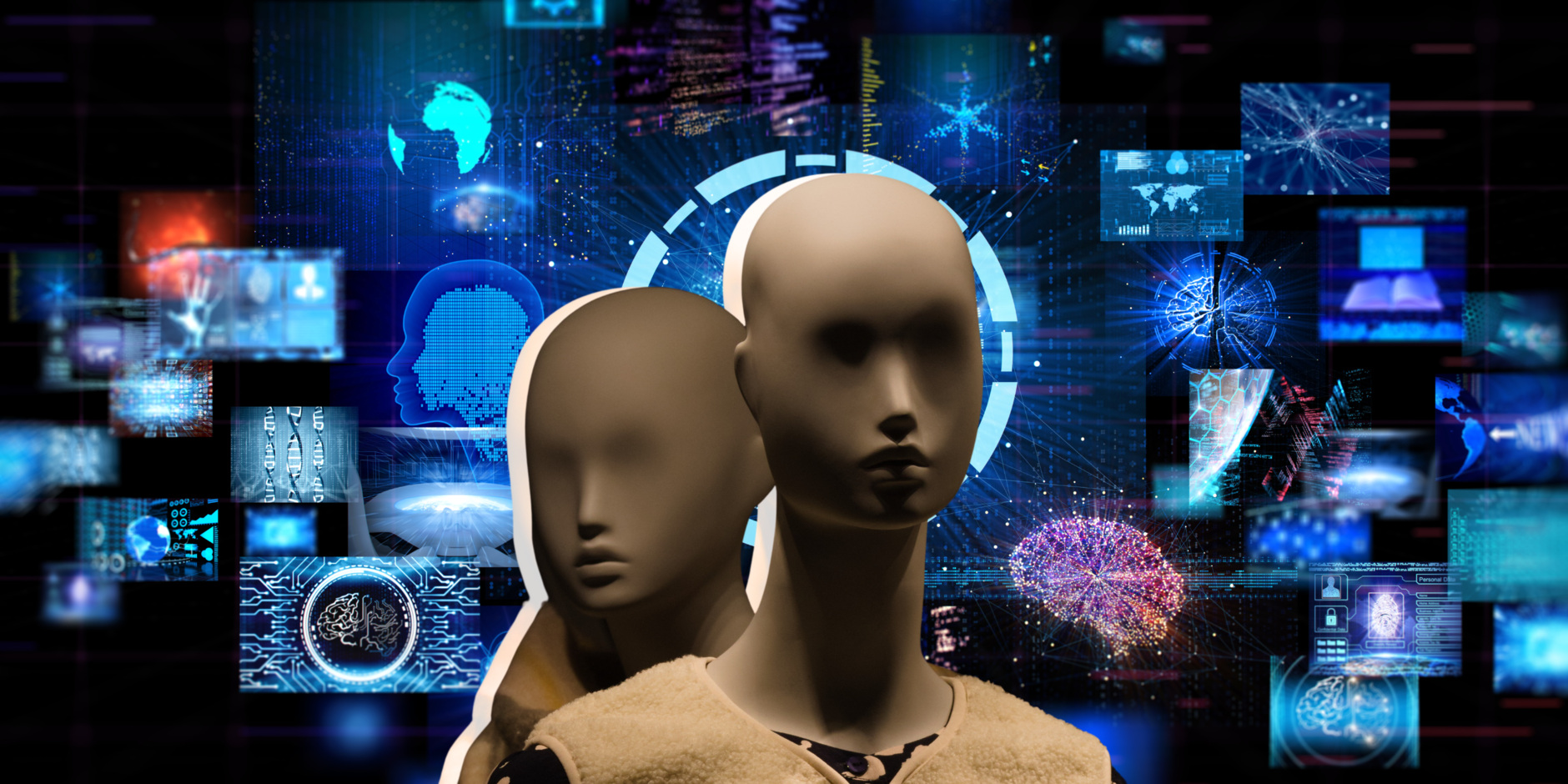
7. IoT and real-time supply chain management
The Internet of Things (IoT) allows retailers to track every product, from the factory to the fitting room. This minimizes errors, speeds up deliveries, and allows brands to be more environmentally friendly.
Nike and Amazon have already implemented these systems in their supply chains.
According to Deloitte, the use of IoT reduces logistics costs by up to 20%.
Conclusion: new fashion is smart fashion
The future of retail is not only about beautiful clothes, but also a thoughtful user approach. The future belongs to those brands who are not afraid of digital experimentation and make technology a part of their aesthetics.
Do you want to keep up to date with the main events in the fashion industry and brand news?



